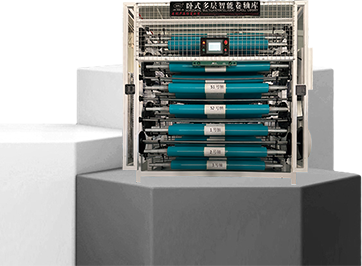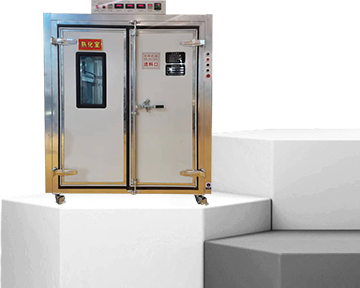What issues should be paid attention to in daily use of industrial integrated chillers?
2024-03-25
Several aspects to pay attention to when using industrial integrated chillers:
1. Selection of model size of industrial integrated chiller for injection molding machine
When used to cool the mold of an injection molding machine, it can be calculated based on the injection volume of the injection molding machine. Generally, a 1HP industrial integrated chiller is required for every 6 ounces of injection volume. For example: The customer factory is 100T (5.5OZS) × 3 units; 150T (12OZS) × 4 units; 200T (23OZS) × 3 units; the required industrial integrated chiller size is (5.5×3+12×4+23×3)/6=22.25, which means 25HP is required Industrial integrated chiller. When used for cooling other equipment, it depends on the specific flow rate of the cooling water circulation.
2. Selection of thermal insulation water tank and water pump for industrial integrated chiller
Sometimes, depending on the actual situation of the customer's factory, the box-type industrial integrated chiller may also require an external water pump. In this case, the model of the external water pump must be the same as the water pump that comes with the industrial integrated chiller. For example, if the 10HP box-type industrial integrated chiller comes with a water pump power of 2HP, then when an external water pump is added, it must also be 2HP.
At the same time, the water pump power requirements are the same as those of the box-type industrial integrated chiller of the same model. The open industrial integrated chiller has an external water pump.
3. The return water temperature of the industrial integrated chiller should not be higher than 40 degrees. The higher the return water temperature, the greater the damage to the compressor.
solution pump
Methyl lithium bromide solution was collected at the bottom of the absorber shell. From here, a sealed solution moves the pump through a shell-and-tube heat exchanger to preheat the solution.
Heat Exchanger
After the generator exits, the heat exchanger moves dilute solution into the upper shell. The solution revolves around bundled pipes carrying any steam or hot water. Steam or hot water transfers heat to a pool of dilute lithium bromide solution. The solution boils and the refrigerant vapor fed into the condenser is concentrated upwards leaving behind the lithium bromide. The concentrated lithium bromide solution moves down the heat exchanger, where it is cooled by the weak solution being pumped into the generator.
condenser
The refrigerant vapor migrates through the demister to the condenser tube bundle. Refrigerant vapor condenses on the pipes. The heat that is removed is moved by cooling water through the tubes. As the refrigerant concentrates, it collects in a trough at the bottom of the condenser.
Evaporator
Liquid refrigerant flows from the upstream shell down to the downstream shell condenser and evaporator. The evaporator is sprayed in the tube bundle. Due to the low shell-side vacuum [6 mm Hg (0.8 kPa) pressure), the refrigerant liquid has a boiling point of approximately 39°F (3.9°C), creating the refrigeration effect.
shock absorber migration
As refrigerant vapor is absorbed by the evaporator, the lithium bromide solution from the generator is sprayed over the entire absorption tube bundle. The lithium bromide solution actually moves into the refrigerant vapor, causing an end vacuum in the evaporator. Heat is also generated by removing the refrigerant vapor that is absorbed by the cooling water and enters the lithium bromide solution. The dilute lithium bromide solution collects in the lower housing, where it flows to the bottom of the solution pump. The chilling cycle is complete and the process begins again.
Refrigeration capacity
Vapor compression refrigeration uses refrigerant internally as its working fluid. There are many refrigerant options. When choosing a cooler, match the cooling temperature application requirements and the refrigeration characteristics of the refrigerant. Important parameters to consider are operating temperature and pressure.
Related News
Industrial integrated chiller product features
What should we pay attention to when using the chiller?
Structure and temperature principles of fully automatic plastic curing chamber
How to adjust the pallet stretch film baling machine?
How to add water to the battery on the battery forklift after being used for a long time
How to maintain forklift batteries
Daily care and maintenance methods of stretch film baling machine
Industrial integrated chiller product features
What should we pay attention to when using the chiller?
Structure and temperature principles of fully automatic plastic curing chamber
How to adjust the pallet stretch film baling machine?
How to add water to the battery on the battery forklift after being used for a long time
How to maintain forklift batteries
Daily care and maintenance methods of stretch film baling machine
Contact
You can contact us in the following four ways, and we will communicate with you immediately upon receiving your inquiry!
1. Call us.
2. Send an email.
3. Leave a message.
4. Add WeChat or WhatsApp.







